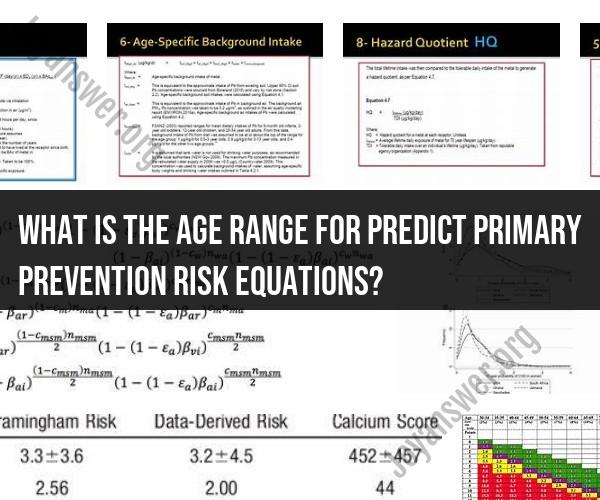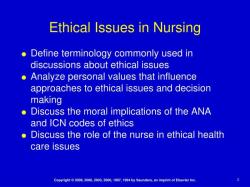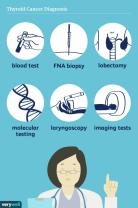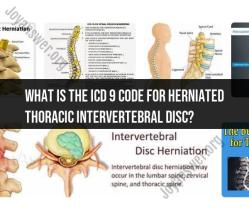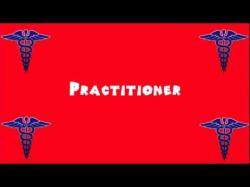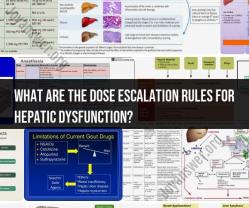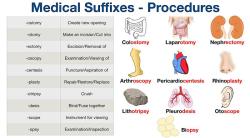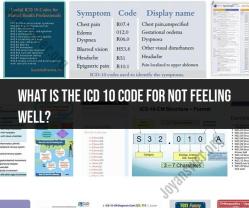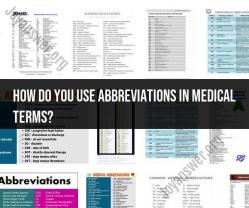What is the age range for predict primary prevention risk equations?
The age range for the use of primary prevention risk equations, such as the Pooled Cohort Equations or the Framingham Risk Score, can vary depending on the specific equation and the guidelines or recommendations of the medical or public health organizations that endorse them. These equations are typically used to estimate an individual's risk of developing a cardiovascular event (e.g., heart attack or stroke) within a certain time frame. Here are two examples of commonly used risk equations and their typical age ranges:
Pooled Cohort Equations (American College of Cardiology/American Heart Association - ACC/AHA):
- Age Range: The Pooled Cohort Equations are primarily recommended for adults aged 40 to 79 years who do not have clinical atherosclerotic cardiovascular disease (ASCVD) but are at risk for developing it.
- Purpose: These equations estimate a person's 10-year risk of developing a first ASCVD event (e.g., heart attack or stroke). They take into account factors such as age, sex, race, total cholesterol, high-density lipoprotein (HDL) cholesterol, systolic blood pressure, blood pressure treatment, diabetes status, and smoking status.
Framingham Risk Score:
- Age Range: The Framingham Risk Score is commonly used for adults aged 30 to 74 years. However, some versions of the score have been adapted for different age ranges.
- Purpose: This risk score estimates an individual's 10-year risk of developing coronary heart disease (CHD). It considers factors like age, sex, total cholesterol, HDL cholesterol, blood pressure, and smoking status.
It's important to note that while these are common age ranges for using these risk equations, healthcare providers may consider other factors, such as family history and specific patient characteristics, when assessing cardiovascular risk. Additionally, guidelines and recommendations may change over time, so it's essential to refer to the most current guidelines from organizations like the American College of Cardiology, the American Heart Association, or your country's relevant health authority for the latest information on risk assessment and prevention strategies.
